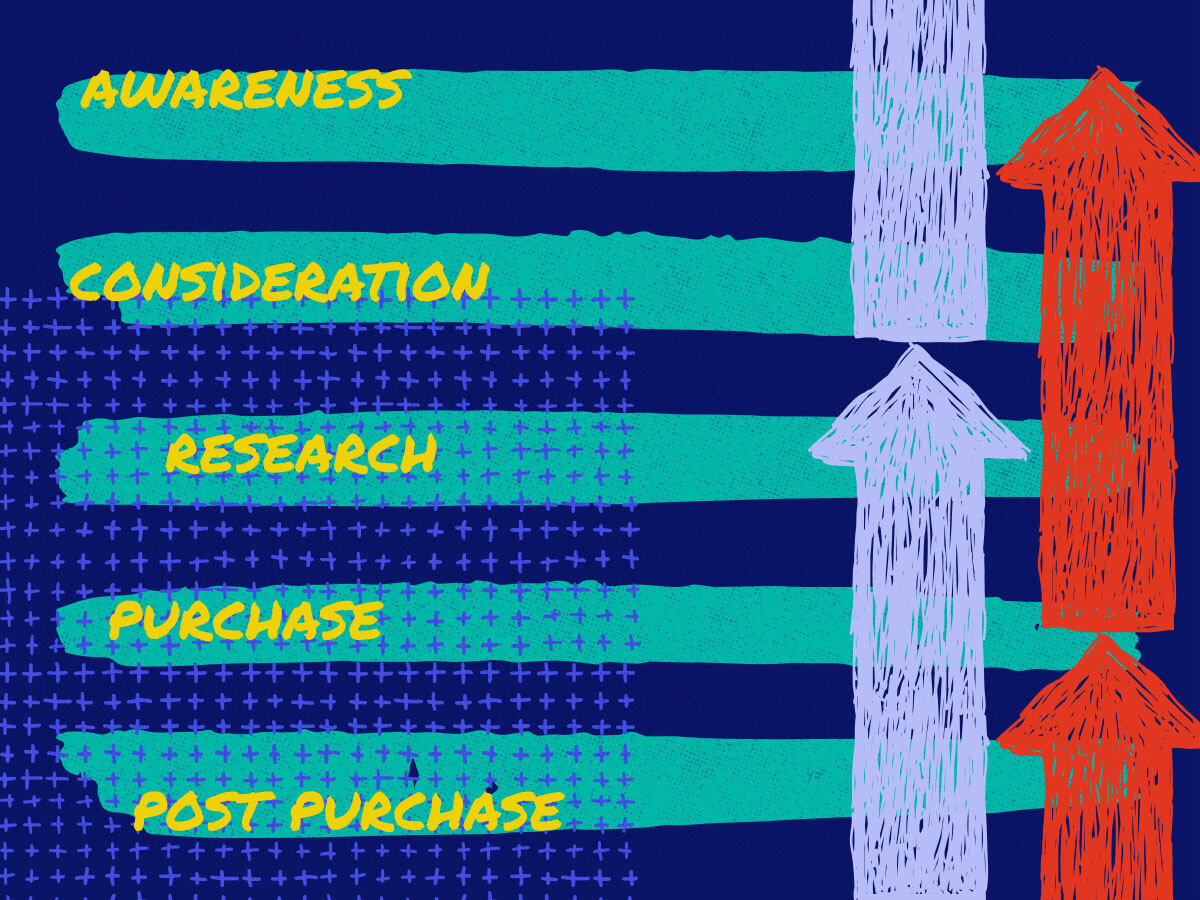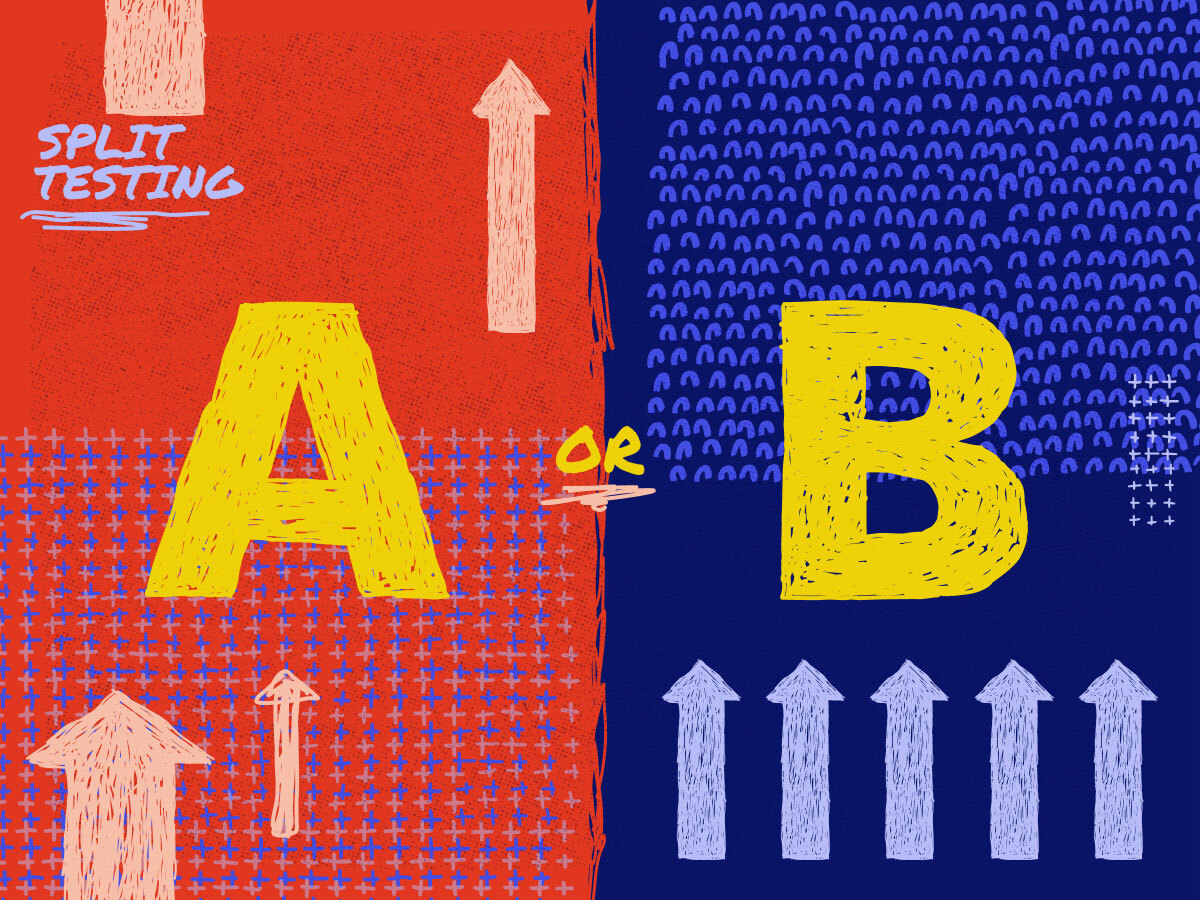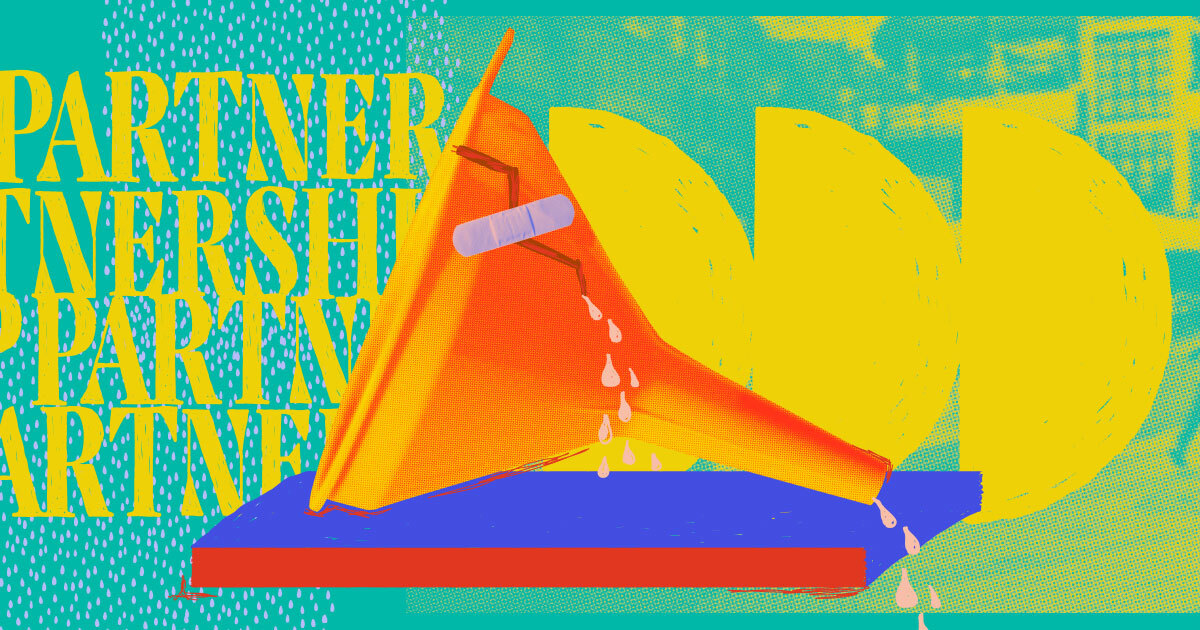You know that marketing is important if you want your business to grow. But do you know what kind of marketing you need? The traditional approach to marketing is to find ways to attract customers as fast as possible, through techniques such as advertisements in the print, digital and electronic media, as well as billboards, celebrity endorsements, mass email campaigns, and even sales. In the B2B arena, however, you don’t just want to attract clients; you want to keep them. This is where growth marketing comes in.
What is growth marketing?
Forbes calls growth marketing “the next frontier of marketing”. Don’t worry — this makes it sound more daunting than it actually is. Growth marketing simply shifts the focus from how to attract customers to how to keep customers for longer. It involves using marketing strategies that can be tested, analyzed, and optimized, so that you can make data-backed decisions and constantly adapt to your customer’s changing needs. These strategies apply across different marketing funnels.
Think back to science class for a second, because growth marketers use the principles of the scientific method: coming up with a hypothesis, conducting tests and experiments, analyzing the results, drawing conclusions, reporting the results, refining, and implementing. It’s no surprise then that they’re also called growth scientists, and that, with the increasing popularity of growth marketing, they’re in high demand.
See also: Marketing vs. sales: everything you need to know in 2022.

What does a growth marketing strategy look like?
A growth marketing strategy consists of three main components:
• A/B testing: Also known as split testing, A/B testing involves creating two different versions of a marketing material. This could be a website, an advertisement, a popup, an email campaign, you get the gist. The aim is to see which of the two — version A or version B — is more effective. You can take A/B testing a step further and use multivariate testing instead, where you have even more different versions to test at the same time.
• Cross-channel marketing: A Harvard Business Review study in 2015 and 2016 found that 73 per cent of customers used multiple channels during their shopping journey. So, instead of using the one-size-fits-all approach of single-channel marketing, cross-channel marketing involves using multiple marketing channels to reach each individual customer along the different steps of the marketing funnel. For example, you can create a marketing campaign that includes email marketing, push notifications, Google ads, social media posts, digital ad campaigns, mobile apps, and print and electronic media.
• Customer lifecycle: This refers to the customer’s journey from learning about your company to converting and re-engaging. Growth marketers focus on three phases. The first is activation, where you want to activate the customer’s interest through, for example, welcome campaigns, onboarding, and trials. The second is nurturing, where you use tactics like updates, newsletters, sales, and promotions to strengthen your relationship with the customer. The third stage is reactivation, where you try to re-engage the customer with, for example, loyalty or post-purchase campaigns.
B2B versus B2C marketing funnels
The traditional marketing funnel consists of six phases:
1. Awareness: In both the B2C and B2B marketing funnel, this involves the search for information.
2. Interest: In B2C, this is where the customer learns about the different products. In B2B, the buyers examine specific products.
3. Consideration: In B2C, the customer looks at reviews and compares products. In B2B, buyers now share their research findings on products and brands with other stakeholders.
4. Intent: In B2C, this is where the customer puts the product in their cart. In B2B, the buyer gets a product demo.
5. Evaluation: In B2C, the customer reviews their shopping cart and goes to checkout. In B2B, the buyer gets a contract proposal.
6. Purchase: In both B2C and B2B, this involves completing the sales transaction.
However, as Gartner points out, across the typical B2B purchase the buyer revisits each phase of the buying journey at least once. So, the B2B marketing funnel isn’t linear but rather includes loops. In reality, the revised B2B marketing funnel looks more like this:
- Awareness
- Consideration
- Research and discovery, loop back to awareness and then consideration
- Purchase
- Post-purchase, with loyalty as a loop if the buyer continually returns to buy from you
Read more: Busting the most common myths about affiliate marketing.

What are the top growth channel tactics for summer 2022?
With the revised B2B marketing funnel in mind, you’ll need to devise strategies for each stage. Focus on generating demand during the awareness phase, lead generation in the consideration phase, and retention and satisfaction strategies in the post-purchase phase.
Remember to keep your audience in mind. According to The Marketing Blender, in 2020, more than 45 per cent of B2B tech buyers were between 25 and 34 years old and 30 per cent were between 35 and 44 years old. In other words, the vast majority of B2B buyers are millennials, who typically prefer the digital space and reject pushy sales techniques like cold calls or being bombarded with information. To cater to this group, here are seven top growth channel tactics to employ in summer 2022:
1. Responsive web design
Your website is your chance to make a great first impression, since this is often the first point of interaction the buyer has with your company. With responsive web design, your website’s layout adjusts automatically to fit different screen sizes and resolutions. Millennials tend to use a variety of devices, so they need to view your website as easily on a mobile phone as they would on a laptop.
2. B2B partner marketing
With partner marketing, you team up with another company to sell your products in tandem. Affiliate marketing, where you link each other on your websites, is a common form of partner marketing. Dealerships (where companies become licensed dealers to sell your products) and distribution partnerships (where a company integrates your product into their distribution channels) are forms of partner marketing too. You can also enter into a co-marketing partnership, where you offer a package deal or combined product with another company. Of course, this is where we can help. PartnerStack can help you find the perfect marketing partner for your needs. Call us the B2B matchmaker, if you will.
3. Content marketing
According to Demand Gen Report, 51 per cent of B2B buyers surveyed rely on content to research their buying decisions. In fact, 47 per cent don’t even engage with a sales rep until they’ve viewed three to five pieces of content. This can be in the form of original articles, blog posts, infographics, guides and ebooks, or even photos and videos. Demand Metric says that content marketing costs 62 per cent less than traditional marketing but generates about three times as many leads per dollar spent, so content marketing really makes sense for your bottom line.
4. Search engine optimization
Search Engine Journal says that the first organic search result has a click-through rate of 28.5 per cent; the second result has a click-through rate of 15 per cent and the third result has a click-through rate of 11 per cent. Then, the tenth result has a click-through rate of only 2.5 per cent. So, you want your website to make it to at least the top three search results. Search engine optimization — or SEO — involves adopting strategies to boost your website’s rankings in search results. One way to do this is through the strategic use of keywords and key phrases. Another is to get other reputable sites to link your content.
5. Conversion rate optimization
With conversion rate optimization — or CRO — you test elements of your website to see which versions result in more conversions. For example, you can try different colors or fonts for the “Click here for more” button and see which one gets the most clicks. This way, you can keep tweaking your website to get not only more flow to the site, but also more actual clients.
6. Webinars, podcasts, and videos
Audiovisual content is a great way to share information about your product. With webinars, podcasts, and videos, you can also engage with potential clients in real time and answer any questions they might have. When you post them on your website, it will increase the amount of time people spend on your webpages, which can help boost your conversion rates with search engines.
7. Social media
According to a study by the International Data Corporation or IDC, 75 per cent of B2B buyers and 84 per cent of C-level or VP executives surveyed use social media to make purchasing decisions. Social media platforms like LinkedIn, Facebook and Twitter are great for sharing your marketing content while YouTube and TikTok are especially useful for audiovisual content. Remember that different demographics are best targeted on different platforms, so you’ll need to consider which apps your target audiences are using the most — and exactly what those platform nuances are.
You’ve got our best growth channel tips and tricks, so let’s see how far you grow! If you're looking to elevate your partner program, consider joining us at STACK’D, PartnerStack’s customer summit designed to level up your partner program and scale stronger partnerships.







.jpg)



